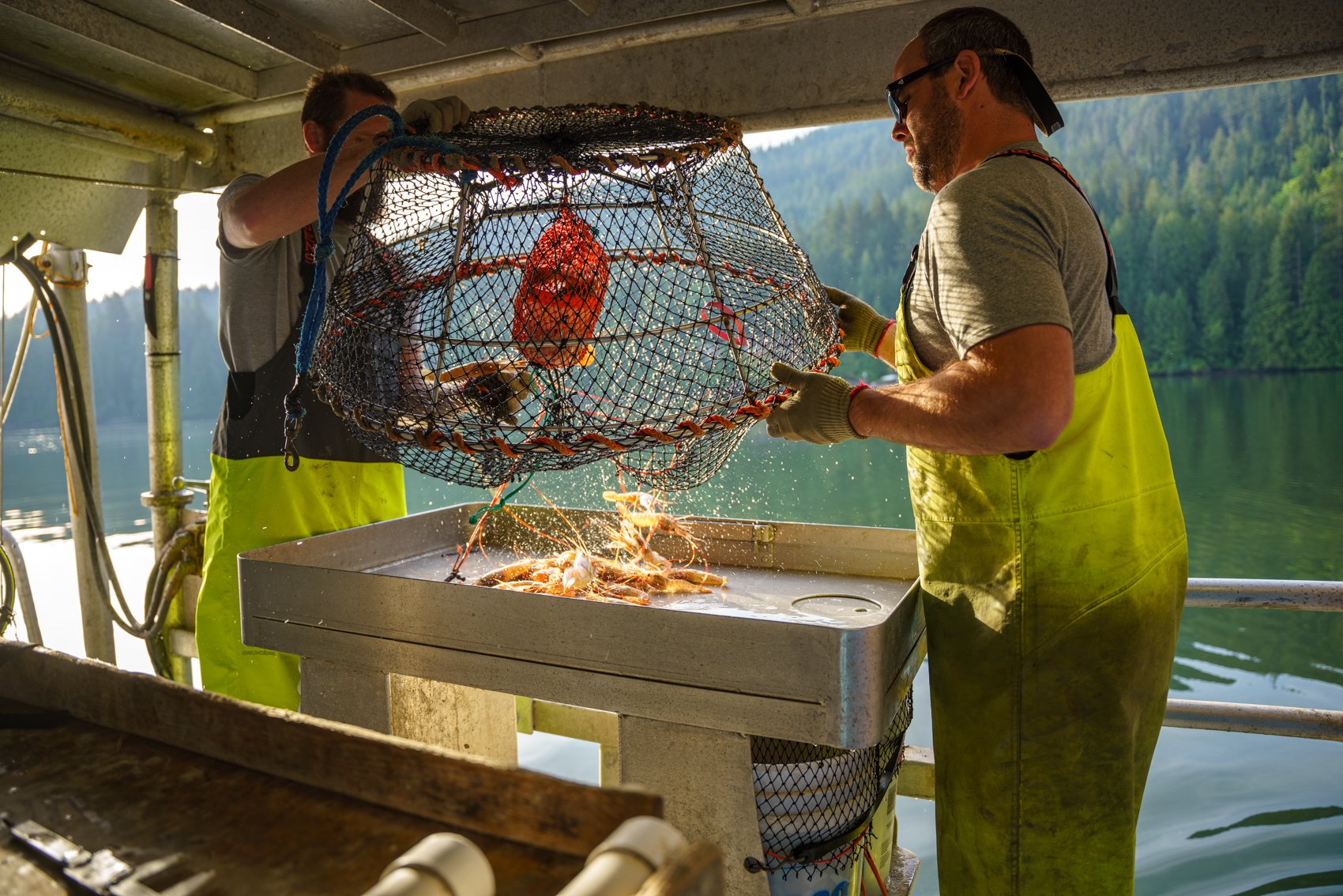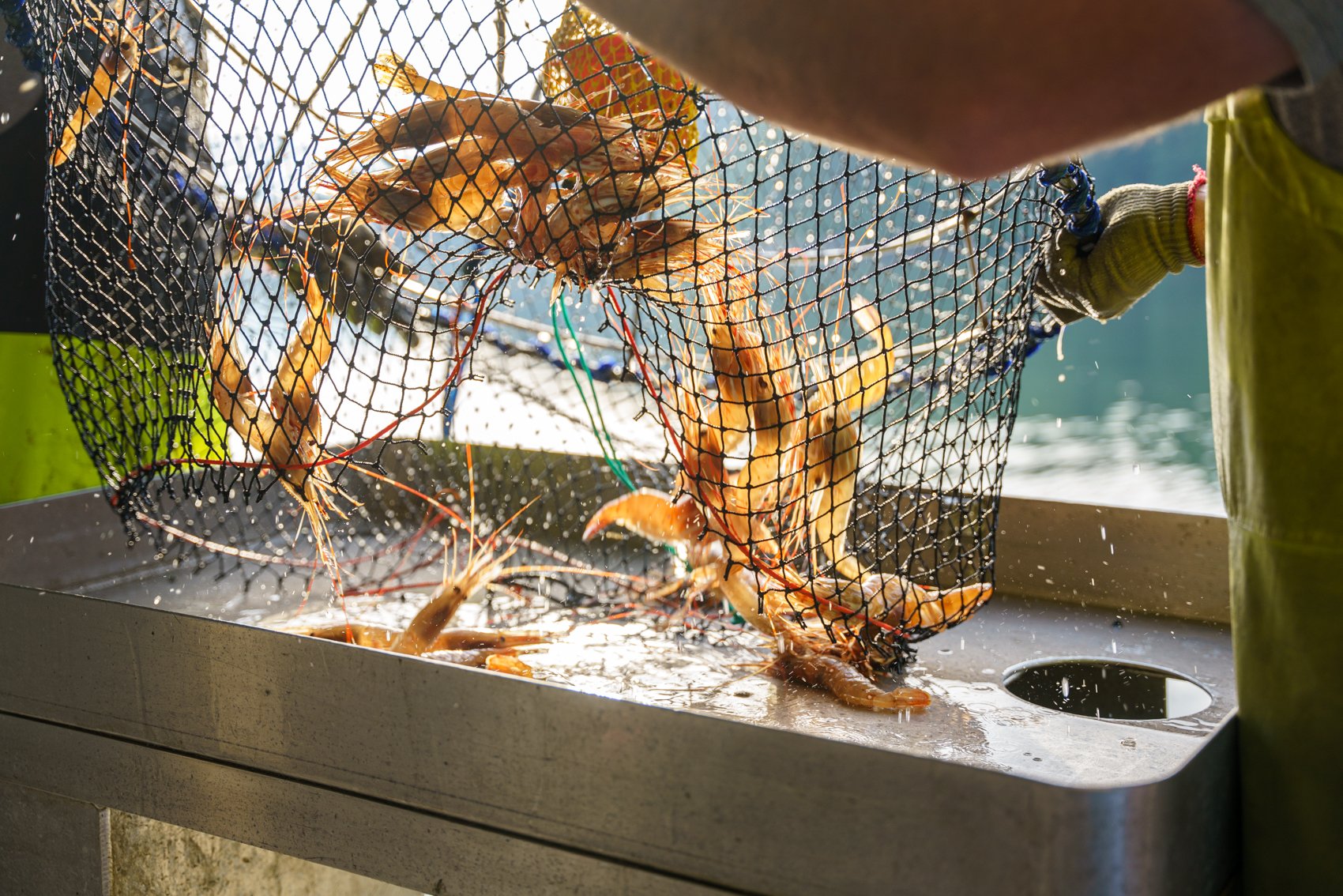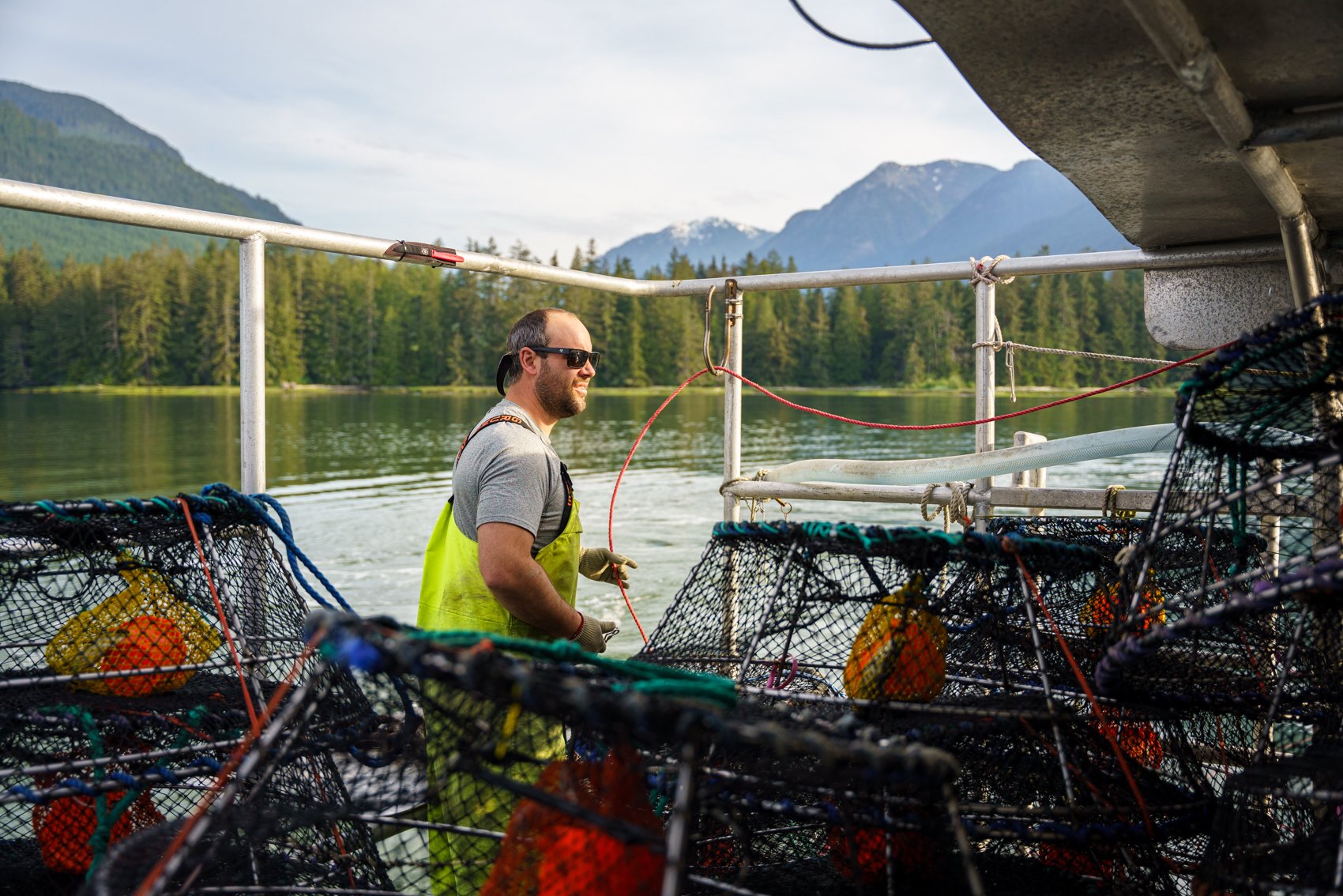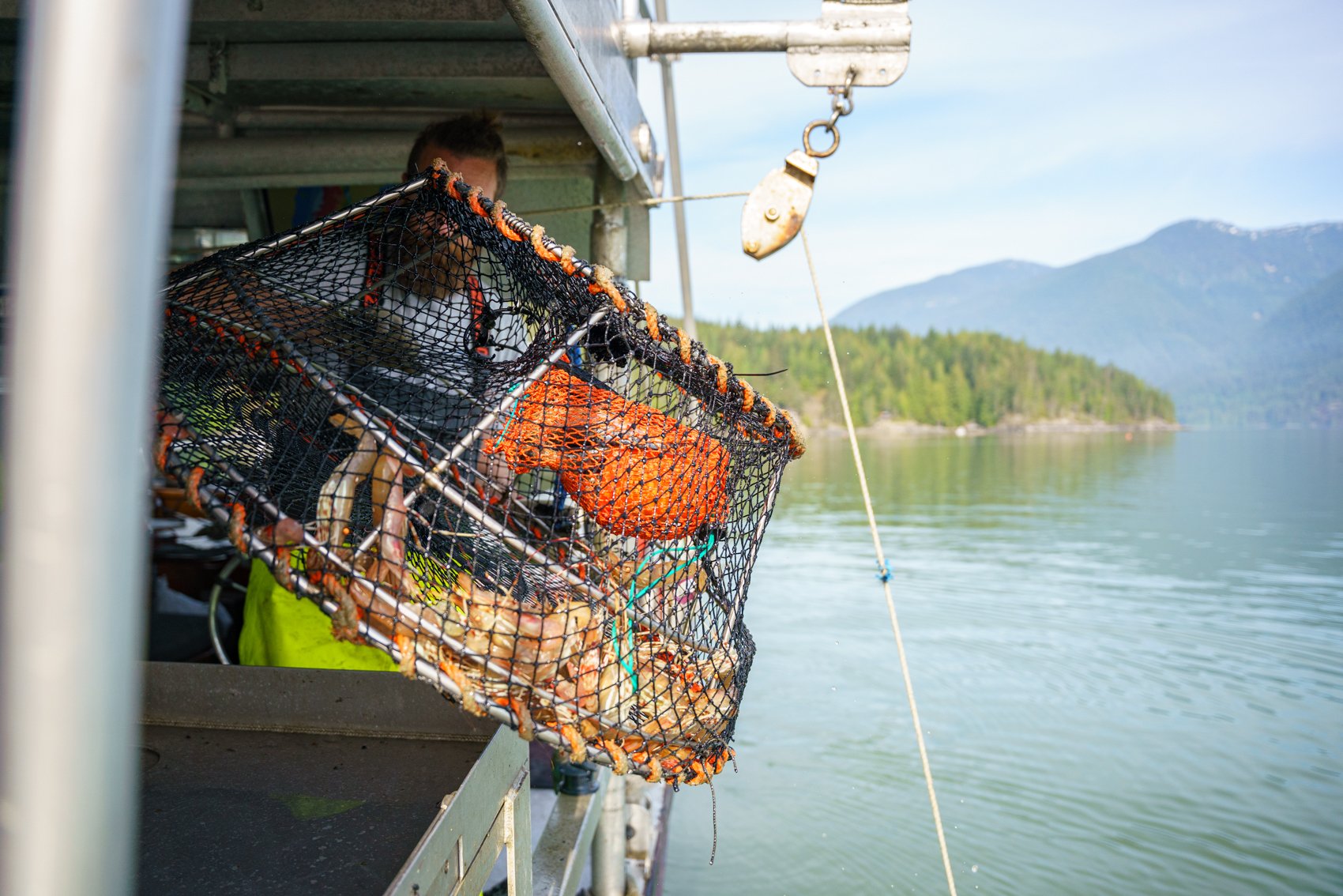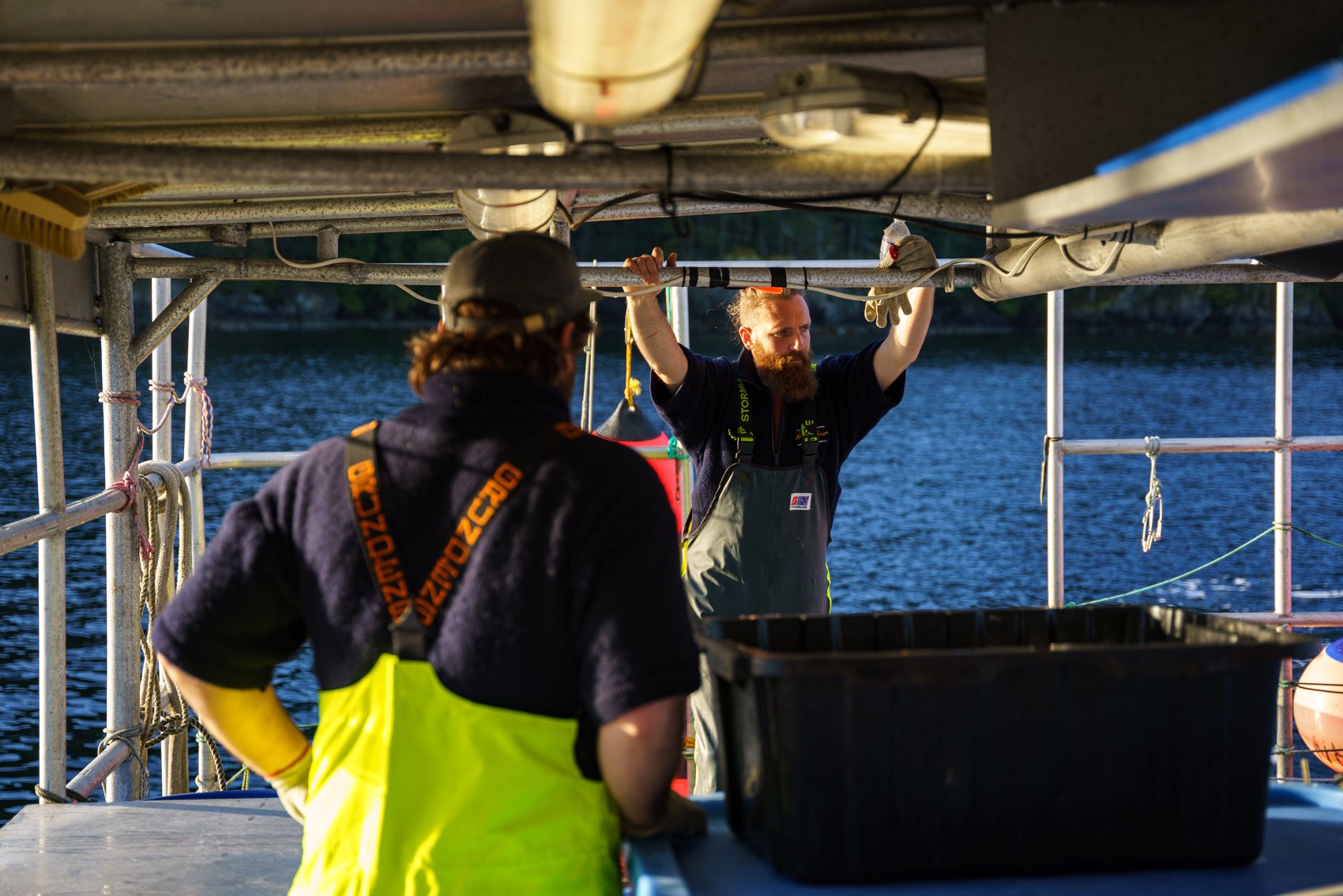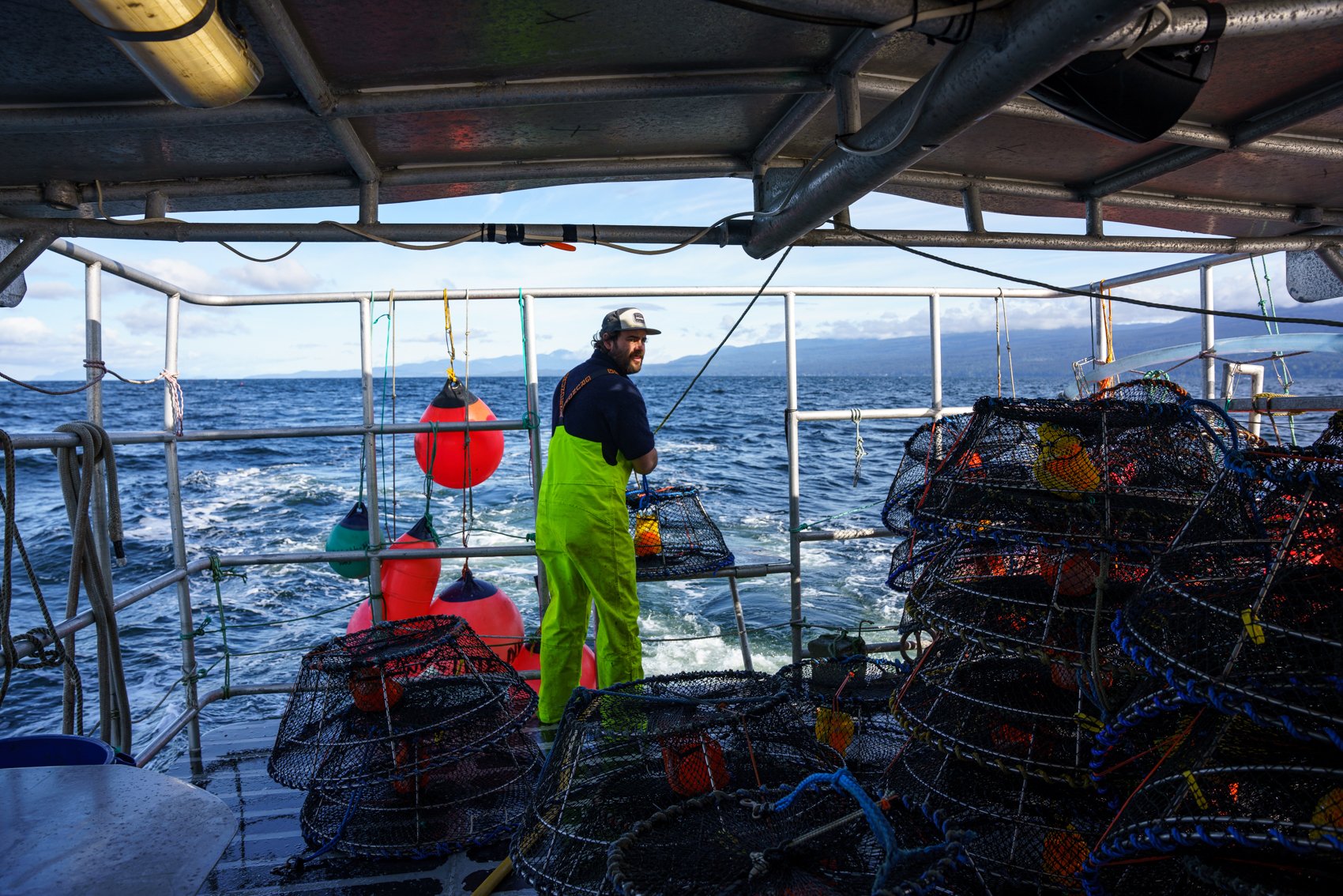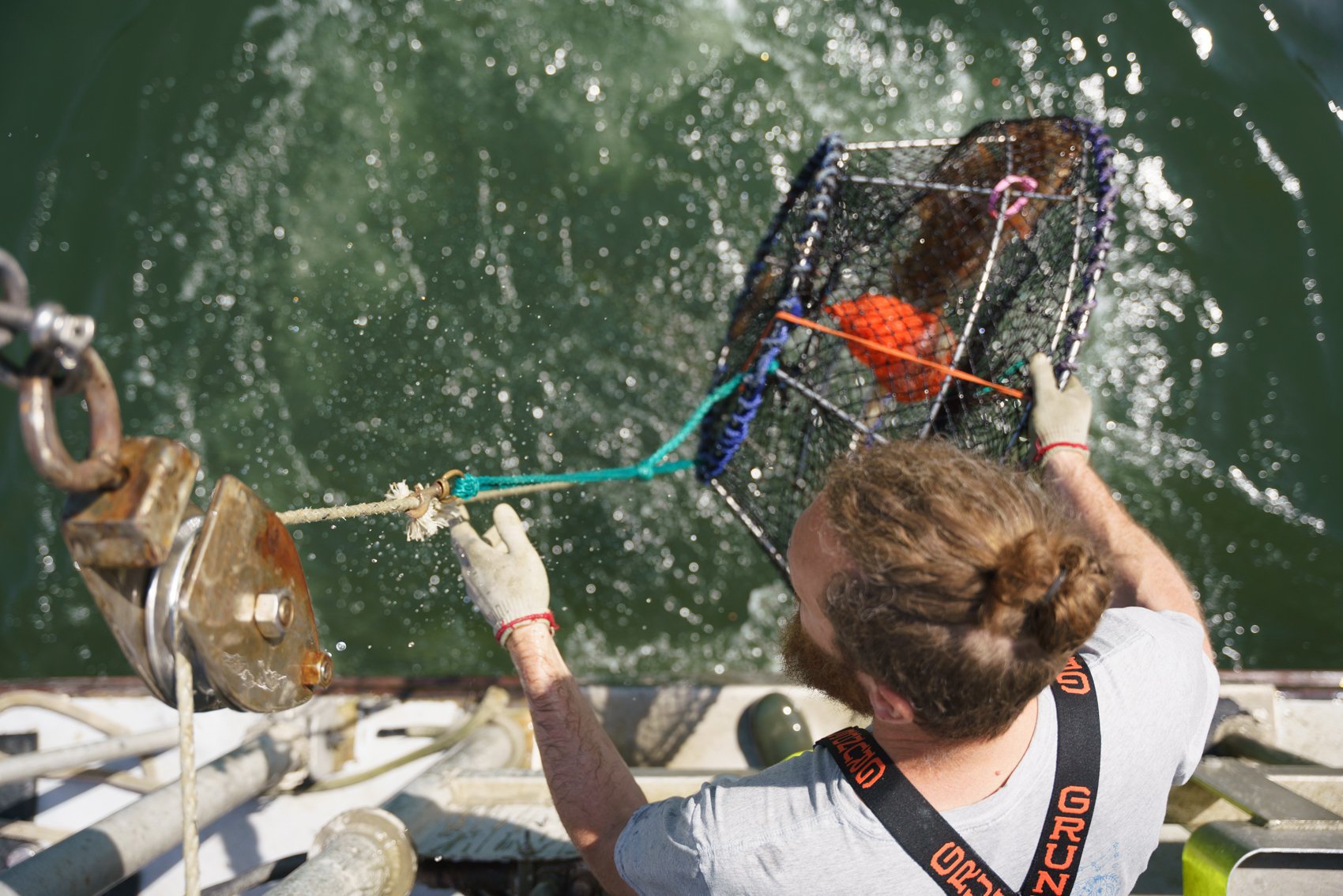Committed to Sustainable Fishing Practices
In a world where our oceans face increasing threats from overfishing, pollution, and climate change, the importance of sustainable fishing practices cannot be overstated. As stewards of the sea, it's our responsibility to ensure that future generations can continue to enjoy the bounties of the ocean for years to come. That's why we're fully committed to supporting the best sustainable fishing practices in everything we do.
At the heart of our commitment lies a deep respect for the delicate balance of marine ecosystems. We understand that healthy oceans are crucial not only for the environment but also for the livelihoods of millions of people around the world who depend on fishing for their sustenance and income. That's why we've made it our mission to work exclusively with fishing partners who share our dedication to sustainability.
But what exactly do we mean by sustainable fishing practices? For us, it's about more than just protecting fish populations – it's about ensuring that every aspect of the fishing process is done in a way that minimizes harm to the environment and respects the natural life cycles of marine species.
One of the key principles of sustainable fishing is responsible harvesting. This means only catching fish at a rate that allows populations to replenish themselves naturally, ensuring that we don't deplete stocks to the point of collapse. To achieve this, we work closely with our fishing partners to ensure they’re working within their local quota management systems to prevent overfishing, of which we feel New Zealand has one of the best in place.
The cornerstone of New Zealand’s fisheries management regime is the federally run quota management system (QMS), which was introduced in 1986. Under the QMS a yearly catch limit is set for every fish stock. A fish stock is a species of fish, shellfish or seaweed from a particular area of New Zealand waters. By controlling the amount of fish taken from each stock, the QMS sets the foundation for ensuring the sustainability of New Zealand’s fisheries.
New Zealand law requires catch limits for every fish stock to be set at levels that will ensure their long term sustainability. The Ministry of Fisheries rigorously monitors the amount of fish caught against these limits and financial penalties are enforced if too much fish is caught in any one year. Under this system, the commercial catching rights for each of New Zealand’s 636 fish stocks have been split into quota shares which can be freely bought and sold. New Zealand is one of only a few countries in the world to use individual transferable quotas on such a broad scale and across so many fisheries.
Allocating quota to individual fishers encourages them to make sure their catch levels are sustainable because they are guaranteed a permanent share of the fishery in the future. This certainty encourages long term sustainability. The QMS has delivered significant benefits – most of the stocks that were overfished before the introduction of the QMS now have sustainable catch limits in place. New Zealand is one of the few countries in the world that has an internationally competitive fishing industry that makes use of a natural resource on a sustainable basis.
How can we be confident that our numbers are correct? New Zealand has sophisticated fisheries research, management, and monitoring systems that work together to make sure future generations of New Zealanders will be able to enjoy and use healthy fisheries. Each year there is considerable investment in research and fisheries assessment. All research and assessment is carefully reviewed by expert scientists, with active participation by fisheries managers and representatives of environmental and commercial fishing interests. The commercial fishing industry pays for a significant proportion of this research. The results of this research are freely available on the Ministry of Fisheries website.
But our commitment to sustainability doesn't stop there. We also prioritize responsible fishing methods that minimize bycatch and habitat destruction. This includes techniques such as selective fishing gear, which targets specific species while reducing the unintentional capture of non-target species, and habitat-friendly fishing practices that avoid damaging sensitive marine ecosystems like coral reefs and seagrass beds, which you can learn more about here.



